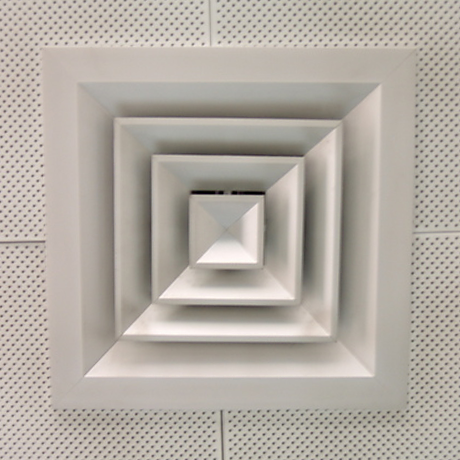
Two trends rule the air conditioning domain as of today. There's the slightly unexpected smart home revolution, a technology that burst free of mobile devices. Following sharply on the heels of these smart gadgets comes paradigm-shifting operational alterations. The latter leaning encompasses new technologies and new ways of altering the time-served manner in which air conditioning runs. For example, manufacturers are rejecting the inefficient ON and OFF air conditioning arrangement in favour of inverter mechanisms. The former technique draws an energy spike every time the compressor and fans within the system are powered ON. Meanwhile, inverter technology assigns small power changes to the running compressor to avoid such drastic power spikes.
The answer to our energy conservation problems aren't likely to come from any single technology. Refrigerant chemicals will change and reduce ozone damaging particulates. Building insulation materials are advancing to offer greater R-value insulation. These solutions include recycled products, rapidly expanding foams, and new cellulose-based insulants. This whole-building approach addresses the building envelope as a living and breathing system, but they're still mostly passive answers to the problem. For a more potent solution, manufacturers turn again to technology. The inverter air conditioner unit partners with air handling units that employ less electrical energy, and the whole Energy Star program assumes ever more stringent regulations until superior building management tools arrive.
This last paragraph acts as a nice little segue for the new generation of smart thermostats that are arriving on the market. Designed for convenience and energy conservation, these new products use mobile technology to hook gadgets to WiFi and Bluetooth networks and harness microprocessor guts to intelligently monitor a property owner's climate control patterns. Even the least of these devices can memorize a room's usage patterns and automatically cut the temperature to that room if it's not used often. Other features include AC control compatibility, the option to switch on AC from a remote area thanks to a smartphone APP, and an adaptive software program that's always looking for new ways to cut energy bills.
Air conditioning systems are currently finding their ways into a multitude of homes within developing countries. It's imperative that the above technology changes become incorporated within today's air conditioners so that we can balance this growth and promote a greener, happier Earth where energy expenditure is conscientiously accounted for at the end of each day. Look to the future for further developments that are coming down the pipe. We envisage a day, not so far away, where malleable smart metals flex and absorb heat, thus replacing the refrigerant-powered models of today. Desiccant-enhanced evaporative cooling is yet another technology to watch. The traditional evaporative cooler combines with hydroscopic Dessicant membranes to cool a room while keeping humidity tightly leashed.
Phone: 1300 672 235
Operating Hour:
9:00am to 5:30pm (Mon-Fri)
Service areas - Suburbs
Email: subcool@bigpond.net.au
Optimized by NetwizardSEO.com.au